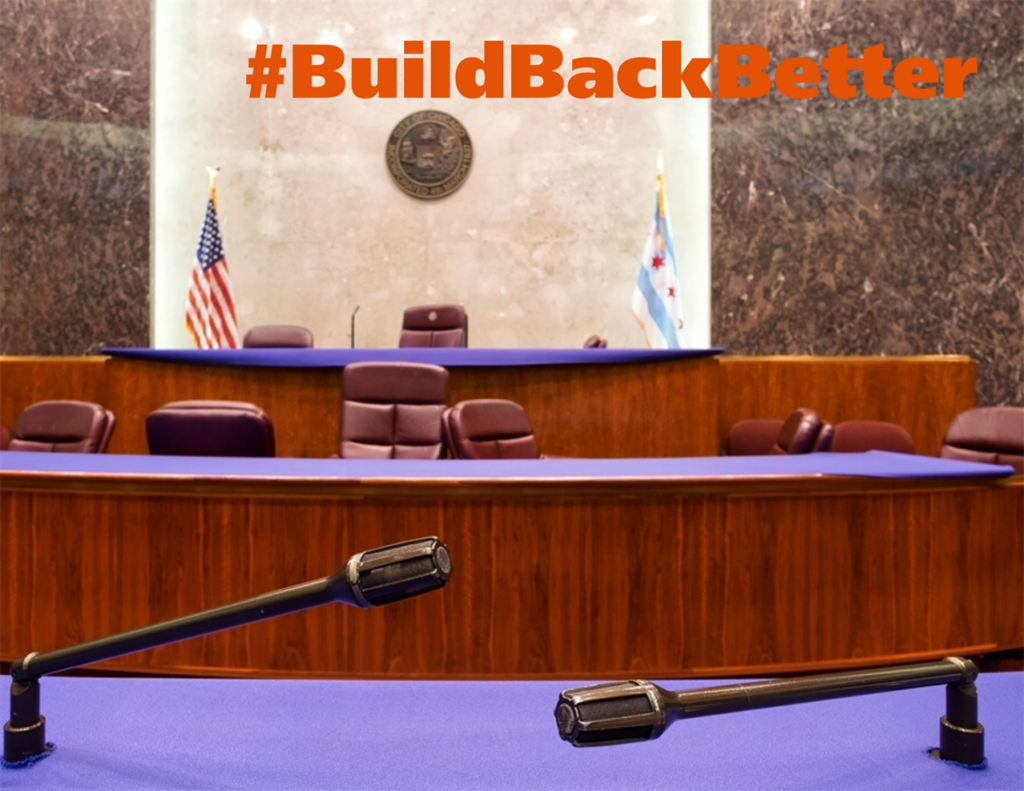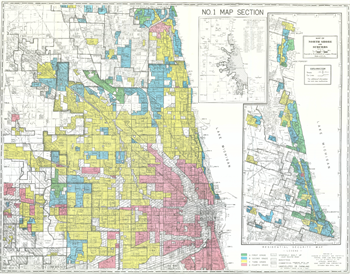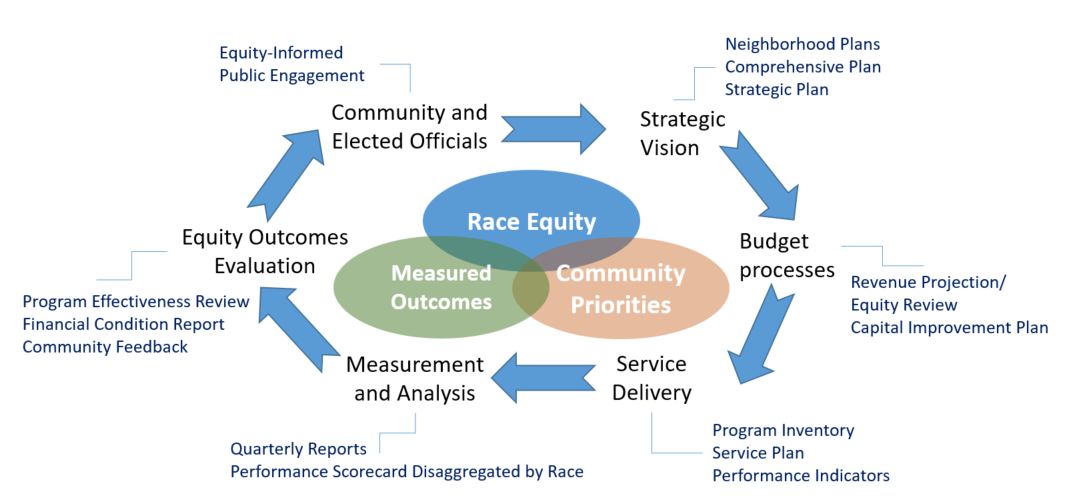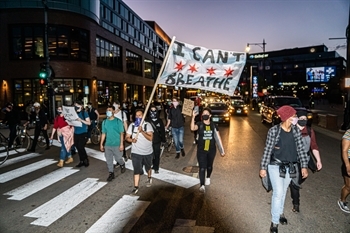Budgeting for (Equitable) Outcomes
Why state and local government must change its budget process to evaluate the racial impact of its services and investments.

Now is the time.
The murder of George Floyd (and history of racist violence), the demand for change by the public, and the very visible racial disparities of COVID-19 impacts to black and brown communities are a call to action. We must address systemic racism in all of our public systems. To do this, we must fundamentally rethink how services are shaped, how they are budgeted, and how the government delivers services to all residents. Budgets, in particular, are a reflection of government priorities. To address structural racism, we must budget to ensure equitable outcomes. One way to begin is by addressing the government’s role in pursuing racial equity is through changes in the budget process.
Why focus on Race?
Individual incidents that demonstrate institutional racism are only a part of the story. Racist outcomes are very visible when captured. Videos of police brutality from across the country show that police officers treat black Americans with unwarranted violence, and it is only after the release of videos that authorities take punitive action. Even with these videos, legal consequences for police are rare in a legal system that protects officers and departments from liability. It takes video recordings of clear misconduct to result in charges, let alone convictions. The case of Eric Garner, where an NYPD officer choked him to death on video, illustrates that even with video evidence indictments or charges may not come.

Mapping Inequality – University of Richmond
Home Owners’ Loan Corporation (HOLC) redlined map of Chicago
There are less visible, inequitable outcomes based on race in America, products of structural racism that occur every day. Historic disinvestment led by the federal government through redlining and reinforced by the banking sector shape our region. Even today, the region faces costs of segregation, putting black and brown communities at a disadvantage.
Policies and practices affect all demographic groups, particularly racial groups, differently. Take the impact of COVID-19. Black and brown communities are less likely to be able to work from home since they are disproportionately represented in frontline and essential jobs. These jobs often do not have health insurance benefits, put workers at greater risk, and require additional policy considerations to prevent inequitable outcomes. How can we address these impacts?
Budgeting for outcomes: an alternate approach
Cities and towns most commonly use a line-item budget, which makes minor adjustments to the previous year’s ledger. Often a City’s budget includes infrastructure maintenance costs and contracts with unions such as police and fire departments before officials make other requests. This leaves a small portion to adjust year after year.
Budgeting in this fashion does not allow much space for new priorities. This “business as usual” method leaves little space for evaluating better ways to spend a community’s hard-won tax dollars. While specific budget decisions attempt to address racial equity, a Budgeting for Outcomes process would examine the entirety of the budget.
Budgeting for Outcomes (BFO) is a budget process that asks communities to define their desired outcomes. Those outcomes drive funding decisions and performance information to evaluate progress. BFO starts by defining the desired outcomes first, flipping the budget process on its head. Several cities such as Baltimore, MD, Fort Collins, CO, and Roanoke, VA currently use a BFO process to root decisions in performance.
What has been missing in the BFO process? Evaluating outcomes using a racial equity lens. Explicitly evaluating performance across racial lines will inform how governments design and deliver services. Breaking down those that benefit from services or using racially informed geographic boundaries to see where governments distribute benefits holds the budget accountable for its results.
Highlights of a Budgeting for Equity (B4E) Process

Adam Slade
While there are several steps involved in the budget process, there are a few key activities that must occur to ensure the budget considers equity in its outcomes.
Determine Community Outcomes. The needs and expectations defined by all members of the community. A robust, meaningful community engagement process is required to understand community needs. Equity practice means intentionally soliciting input from underrepresented citizens at community meetings. Accommodations must allow for maximum participation. Scheduling meetings at different times of the day for 9-5 workers, providing childcare, translation for non-English language needs are among inclusive strategies to employ. After the communities identify desired outcomes, elected representatives need to prioritize the outcomes based on discussion and impact to different community groups.
Forecast expected revenues. Governments must identify future revenue expectations. From an equity perspective, analysts need to determine whether the state or local government is funding infrastructure and services at a level that ensures intergenerational equity. Analysts should also examine whether their revenue streams place disproportionate burdens on low- and moderate-income households based on their ability to pay. Tax and fee policies should advance racial equity at the state and local level.
Allocate revenues to priorities. With outcomes and their community priorities in hand, allocate revenue accordingly. Department staff should create budget proposals to achieve the outcomes specified by the community, while elected officials debate priorities among requests by departments. Trade-offs and negotiations should inform these strategic discussions.
Develop performance measures. Benchmarks need to guide management practices to determine progress toward outcomes. Performance measures should identify impacts on racial groups to ensure equity. A mix of traditional data measurements (i.e. conditions of roads) and community-based measures (i.e. neighborhoods-based survey on road safety) will provide a holistic picture of progress on defined outcomes. Evaluation of service outcomes by race will inform service improvements and new priorities.
What would a Budgeting for Equity look like in practice?
Using an outcomes-based approach to budgeting, with an emphasis on racial impacts, can help redefine the way city services fund and execute services to meet the needs of residents. The current movement to #defundthepolice could benefit from such an exercise to define what that means to the community. Under a budgeting for equity process, the police budget would focus on public safety more broadly with consideration for racial impacts. All activities that contribute to public safety are prioritized and funded through this outcome.

A public safety outcome rooted in equity could necessitate new funding priorities such as mental health services, drug addiction programs, emergency health care management, domestic violence prevention and mitigation, and other usually separate functions would be considered under a public safety paradigm. Since all outcomes will require performance measures disaggregated by racial categories, impacted agencies will need to collect data to ensure equitable treatment of residents. Public safety outcomes, including police actions, can be systematically documented for equity analysis as part of performance reviews that inform future budgeting activities.
As we deal with new challenges like COVID-19 and the burden of systemic racism, we must make a path forward grounded in transparency, accountability, and inclusion in government decision-making. An equity-based budget process is a significant step in the long journey towards racial equity that will produce improved outcomes for the most vulnerable and for everyone. The health, welfare, and future of our cities depend on it.
